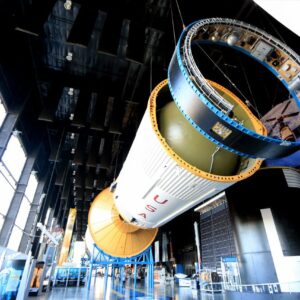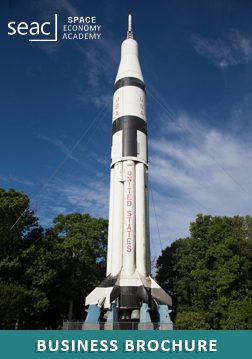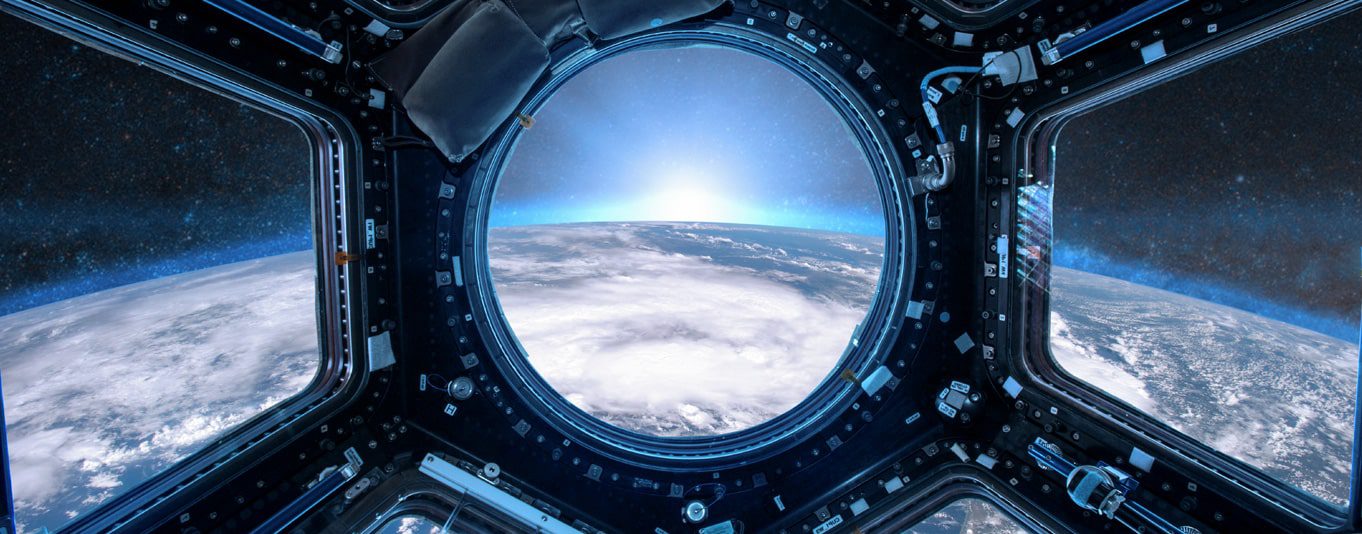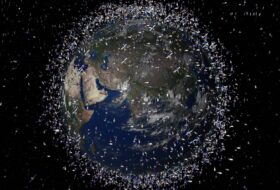Author: Veronica Rivas Boscan
Ten years ago, on 14 October 2012, 9.5 millions concurrent users watched Felix Baumgartner free falling from the stratosphere and becoming the first human that broke the sound barrier without any extra engine power.
This is still the most-watched YouTube live stream of all time and, as a telecommunication student at that time, I was amazed by the huge advances in the broadcast industry. Many questions came to my mind that day: how many TV channels are supporting this transmission? How is the traffic distributed? How is it possible?…
I guess that was the first time I realized the space industry is so much more than exploration or research activities
It is, in fact, an industry we relied on every single day for communication, entertainment, navigation, etc. And more importantly, that it has now become more accessible to the private and commercial sector, therefore to all of us. The improvements in computer science for data processing, optimization of network technologies and alternative materials or resources in the production level are now more than ever inherited by the space industry.
According to the Union of Concerned Scientists (UCS), there were more than 5,465 operational satellites in orbit around Earth by May 1st, 2022. Since then, many launches have been performed and the growth will continue in order to satisfy the need to increase the global connectivity, the real time monitoring of the planet Earth, the commercialization of industrial missions and others. Smaller and lighter satellite designs, like CubeSats or NanoSats, are now becoming the number one space trend to reduce launching, production and maintenance costs, followed by the idea of reusable rockets.
Not only the shape and materials of space vehicles have been enhanced, but also new orbits have been defined, like the low and very low earth orbits (LEO and VLEO).
New technology has been developed in transmitters, receivers and information itself to make them more robust in front of interference, failures or even cyber attacks
Both public and private industry are dedicated a lot of effort and money to provide safe space–based services. A clear example of this is the OSNMA (Open Service Navigation Message Authentication) improvements introduced in the GNSS Galileo or the satellite quantum cryptography system led by SES Satellites, ESA and the European Commission, which main goal is demonstrate and validate the QKD technology from the low earth orbit to the ground. Like on Earth, the main consequence of this rush and competitive space exploration is the generation of a massive amount of space junk. Hopefully, the space market has opened its doors to new startups based on the idea of providing feasible solutions for debris retrieval activities and space traffic management.
By 2021, the global space debris removal market was valued at USD 866.4 million, and it is expected to grow dramatically in the next years. Therefore, new space policies and international agreements should be formulated. As Felix Baumgartner said, “the only limit is the one you set yourself”. The future we imagined as kids is now becoming a reality and it is thanks to the space industry and to the thousands of people making all these space trends possible




